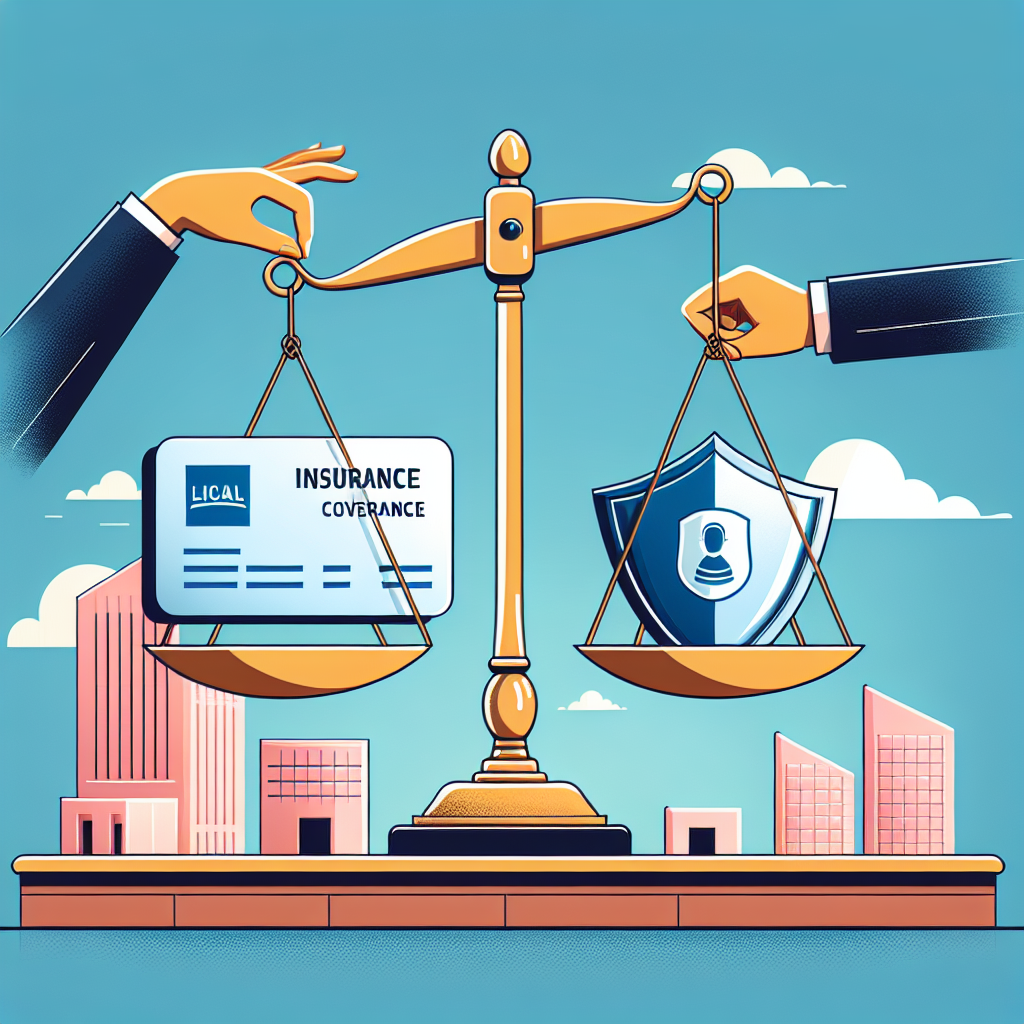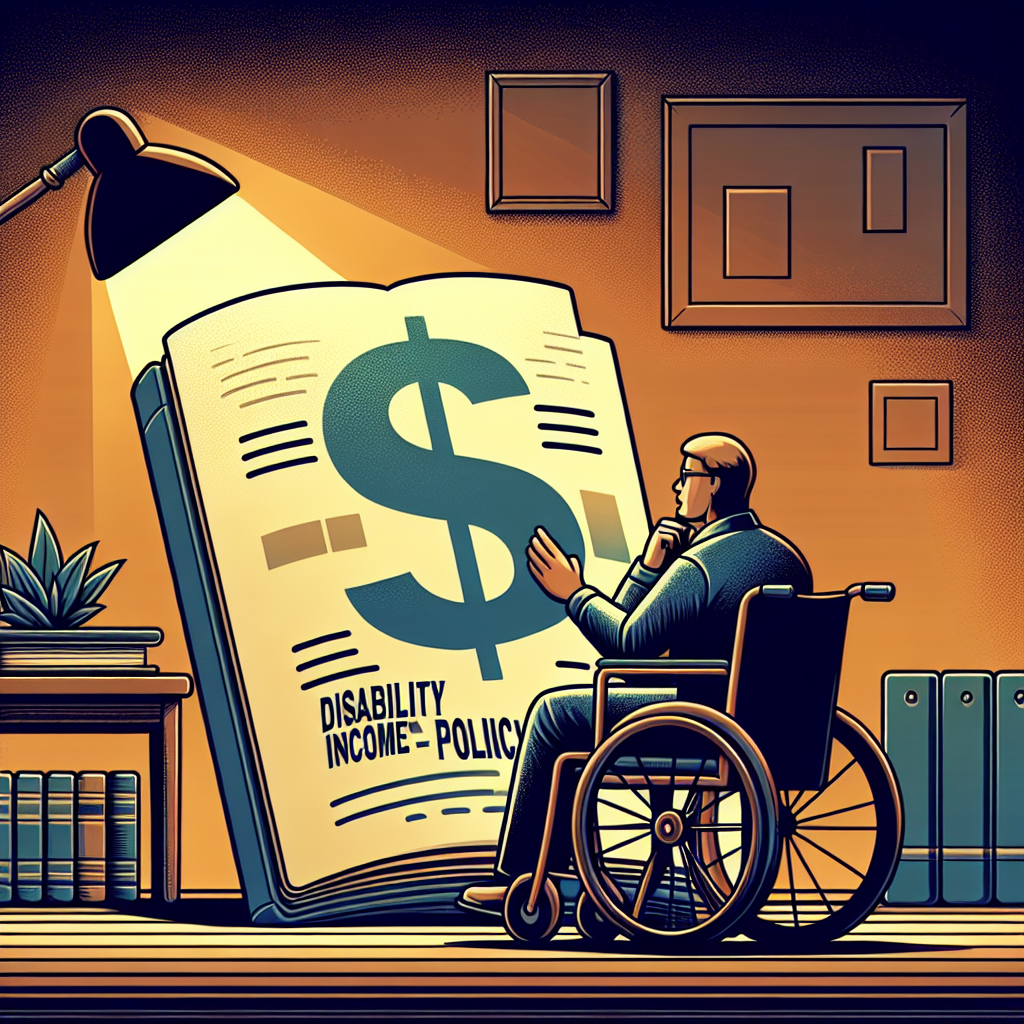Filed under Business Insurance on
Maximize Coverage: Insurance Tips for Business Cards

In today's rapidly evolving business landscape, ensuring comprehensive insurance coverage is more critical than ever. Companies are constantly seeking ways to safeguard their assets, minimize potential risks, and secure their financial future. While traditional insurance products receive the lion's share of attention, there’s a less conventional, often overlooked ally in the business world—your business card. By optimizing this small yet mighty tool, you can unlock significant benefits in terms of insurance protection and business growth. Here’s how you can maximize your coverage through strategic use of business cards.
Understanding the Value of Business Cards in Risk Management
Business cards, traditionally seen as simple networking tools, have evolved into multifaceted assets. They not only present contact information but also reflect your brand's identity and ethos. When strategically designed, they become instrumental in conveying key messages, including details about your insurance coverage approach. They serve as a bridge connecting partners, clients, and even insurance providers, all while ensuring that your company appears both credible and prepared.
The Connection Between Business Cards and Insurance
When it comes to business insurance, it’s crucial to consider how each element of your business strategy can support your risk management efforts. Business cards, when integrated with your broader insurance strategy, can be used to indicate a company’s serious approach to risk management. This isn’t about adding your insurance details onto a card, but about fostering a perception of reliability and stability—qualities that are attractive to both partners and insurers.
Optimizing Business Cards for Better Insurance Coverage
Presenting a professional image can impact how insurers perceive your business. A well-optimized business card encapsulates this image compactly and effectively. Below are several vital tips to ensure that your business cards not only facilitate networking but also potentially enhance your insurance leverage.
1. Highlight Key Business Credentials
Insurers often look for companies that exhibit financial stability and professional credibility. Including key achievements or affiliations subtly on your business card can add weight to your business's reputation. Consider adding logos of industry associations or certifications which can portray a strong compliance and professional standard.
2. Consistent Branding Across Platforms
A business card that aligns with your overall branding strategy sends a coherent message about reliability and diligence. Maintaining consistency in colors, logos, and slogans across your business cards and other marketing material helps fortify your brand identity, potentially impacting insurance assessments positively.
3. QR Codes for Dynamic Information
Modernize your business cards with QR codes that lead to additional resources, showcasing your proactive approach to information dissemination and client engagement. For example, link to digital brochures outlining your risk management strategies, which might appeal to insurers valuing transparency and thoroughness.
4. Emphasize Eco-Friendly Practices
Sustainability is not just a trendy buzzword; it's an indicator of forward-thinking and responsibility. Use recycled materials for your business cards or spotlight your company's sustainability initiatives. Insurers often reward companies that demonstrate environmental responsibility, viewing them as reduced-risk clients.
Influencing Insurer Perceptions: Your Business Image
Insurance companies assess many factors when determining the premiums and extent of coverage. Impress upon them a well-managed and risk-conscious business through how you project yourself in every instance, including within the minimalistic design of your business card.
Industry Trends and Insights
- According to industry experts, businesses that effectively highlight their risk management practices in their branding materials often procure better insurance terms.
- Current trends suggest growing favoritism towards businesses that display social responsibility, which can be subtly indicated on business cards.
- Technological integrations, such as QR codes, are increasingly being used in networking tools and can add a layer of modernity and accessibility to your brand image.
The Broader Benefits: Beyond Insurance
While insurance is a significant aspect of adopting impactful business cards, don't overlook their capability to open doors to broader opportunities. A well-presented business card can enhance networking potential, support business growth, and foster valuable partnerships, all of which can cumulatively contribute to a more favorable insurance environment.
Building Strong Business Relationships
Forging robust professional relationships is integral to any business. Business cards play a crucial role during first impressions, meetings, and conferences. A strong business network not only opens doors but also offers mutual support in the form of advice, collaborations, and, critically, risk-sharing mechanisms.
Conclusion
Maximizing coverage through business cards is not about making them a carrier of policy details but molding them into an implicit testament of your business ethos. It's about strategically designing them to reinforce your brand’s discipline, responsibility, and preparedness in all dimensions, including insurance. Follow these insurance tips to ensure your business cards serve as silent but powerful allies in achieving comprehensive business security. By doing so, you stand to gain not only in terms of potential insurance benefits but also in lasting business success. Optimize this overlooked asset, and you'll likely see broader benefits unfold as your company exudes both reliability and professionalism in every encounter.





